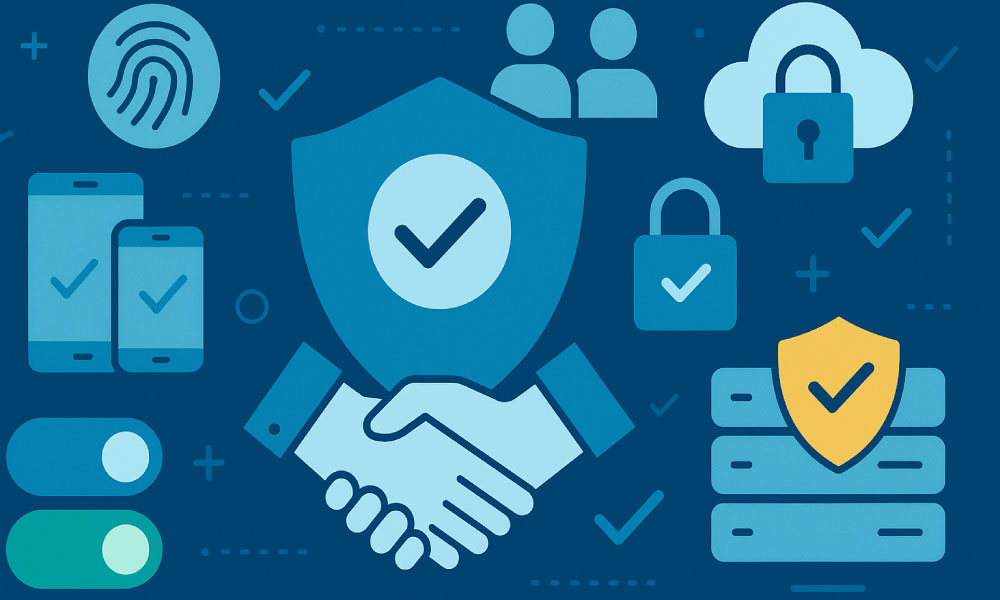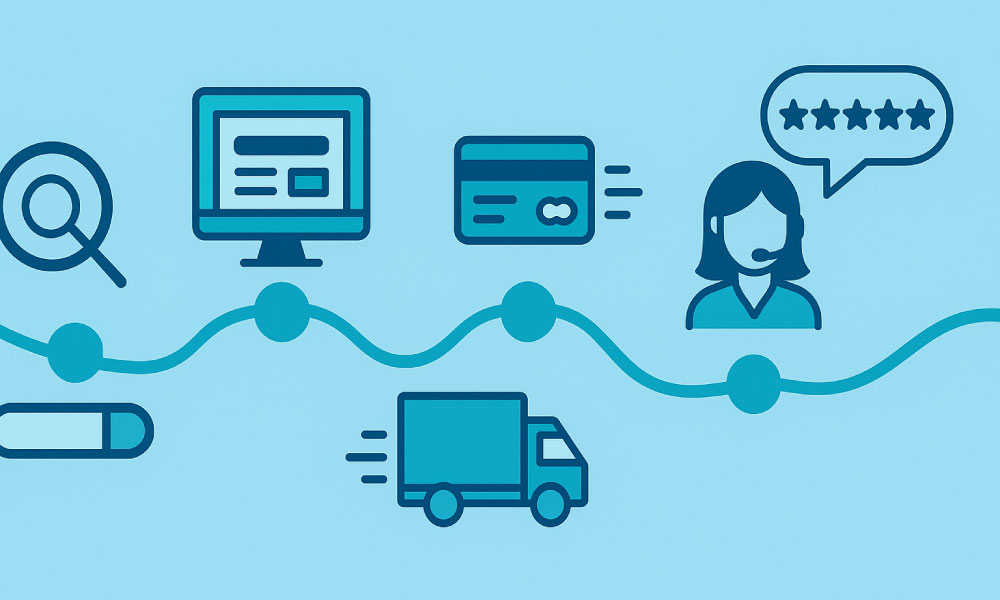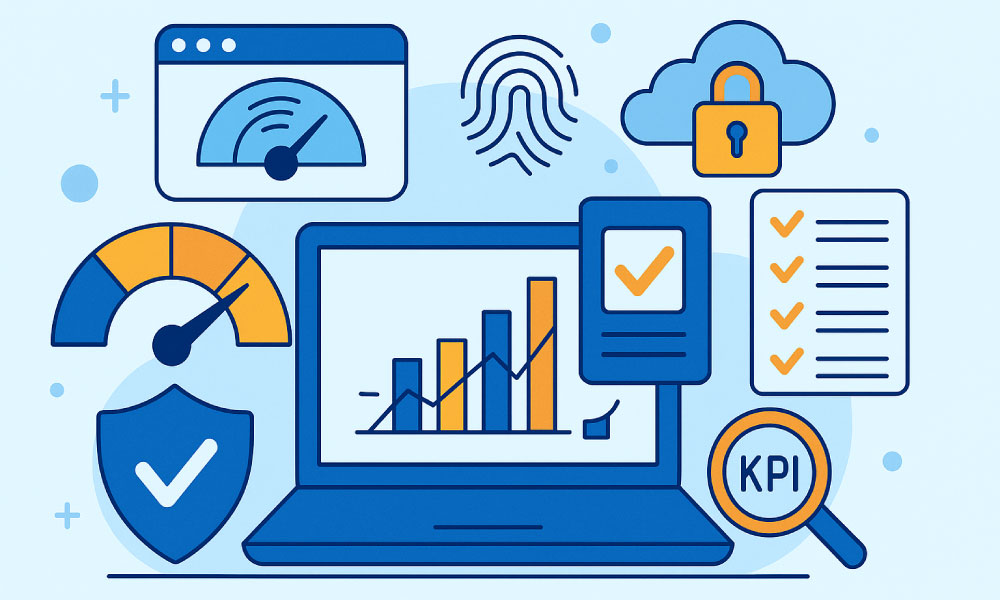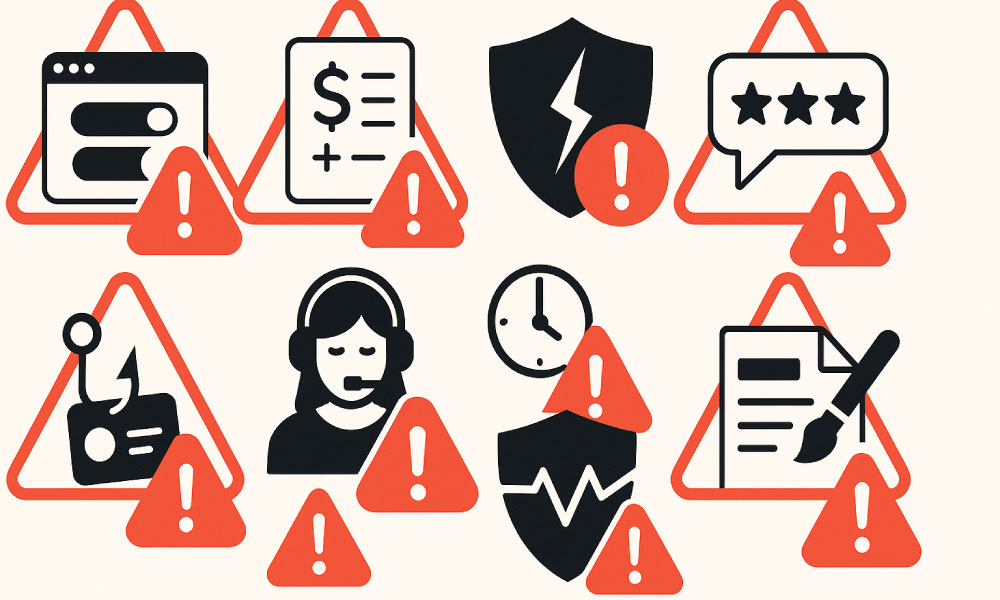Why Trust Is the New Currency in the Digital World

In today’s hyper-connected economy, attention is expensive —but trust is priceless. Customers can compare products in seconds, switch providers with a tap, and broadcast experiences to thousands. In this landscape, the brands winning market share aren’t always the cheapest or the loudest; they are the most trusted. Trust lowers perceived risk, shortens decision cycles, improves conversion rates, and fuels long-term loyalty. In other words, trust functions like currency: it is earned, spent, invested, and—if mismanaged—lost.
This article explores why digital trust matters, where it’s won or lost, and practical steps to build credibility at every touchpoint.

What Do We Mean by “Digital Trust”?
Digital trust is the confidence users place in a brand’s ability to deliver secure, reliable, and truthful experiences online. It combines:
- Security: Safe payments, robust authentication, and proactive fraud prevention.
- Privacy: Responsible data collection, transparent consent, and clear options to control personal information.
- Reliability: Uptime, fast performance, and consistent service quality.
- Transparency: Plain-language policies, honest pricing, and responsive support.
- Authenticity: Real voices, verified identities, and accurate content.
When these elements work together, customers feel safe engaging, sharing data, and transacting, —essential behaviors that drive growth.

Why Trust Outperforms Traditional Marketing Levers
- Higher conversion and lower CAC
Visitors who trust your brand need fewer touches to buy. This reduces customer acquisition costs (CAC) and improves paid media efficiency. - Retention and LTV gains
Trust compounds over time. Satisfied, confident customers stick around longer, expanding lifetime value (LTV) and stabilizing revenue. - Word of mouth and social proof
Reviews, testimonials, and creator endorsements are now table stakes. Trusted brands get more organic advocacy, creating a virtuous cycle. - Crisis resilience
Mistakes happen. Brands with established credibility recover faster because customers assume positive intent and accept remedies.

Where Trust Is Won in the Journey
1) Search & discovery
- E-E-A-T signals (experience, expertise, authoritativeness, trustworthiness) in content, author bios, and references.
- Consistent NAP data for local businesses, accurate knowledge panels, and clear product information.
2) Website & checkout
- HTTPS, recognizable payment options, and third-party trust badges.
- Transparent pricing (no hidden fees), accessible policies, and predictable page speed.
3) Marketplaces & social commerce
- Verified seller badges, authentic product imagery, and responsive after-sales support.
- Clear differentiation from counterfeiters through serialization or track-and-trace features.
4) Customer support
- Channels that actually work: live chat, self-serve help, and fast email responses.
- Human empathy + automation, with SLAs you can keep.

The Building Blocks of a Trust-First Strategy
1) Protect your brand, users, and data
- Implement multi-factor authentication, bot detection, and anomaly monitoring.
- Establish a brand protection program: trademark monitoring, domain defense, marketplace takedowns, and social impersonation reporting.
- Publish a concise privacy policy in plain language; honor “data deletion” and “do not sell/share” requests promptly.
2) Be radically transparent
- Use clear pricing tables and total cost at checkout.
- Offer side-by-side comparisons —even when a competitor wins on a feature.
- Share status pages and incident postmortems; explain what you’re improving and by when.
3) Prove your claims with evidence
- Replace vague marketing with case studies, quantified outcomes, and independent reviews.
- Display certifications (ISO 27001, SOC 2, PCI DSS) where applicable and explain what they mean in human terms.
4) Design for reliability
- Track Core Web Vitals, uptime, and error rates; make them visible to internal teams and leadership.
- Build observability into the product so issues surface before users notice.
5) Humanize your brand
- Put real names and faces behind your content; show expert authorship and update dates.
- Respond to feedback publicly, credit customers for ideas, and close the loop when you fix something.

How to Measure Digital Trust
- Trust signals audit
Create a scorecard for SSL, consent UX, policy transparency, reviews, social proof, delivery accuracy, and fraud controls. Update quarterly. - Experience metrics
Monitor NPS/CSAT, refund rates, chargebacks, “where’s my order” tickets, and complaint resolution time. - Reputation metrics
Track ratings by channel, share of positive mentions, and creator/community sentiment over time. - Security & compliance metrics
Time to patch critical vulnerabilities, phishing success rate on internal tests, and audit pass rates.
Tie these metrics to KPIs like conversion rate, LTV, and retention to quantify the ROI of trust.

Common Trust Killers to Eliminate
- Dark patterns (pre-checked boxes, hidden fees, confusing unsubscribe flows).
- Inconsistent branding or conflicting information across web, app, and marketplace listings.
- Slow, opaque support that forces customers to repeat themselves.
- Counterfeit exposure—unauthorized sellers erode confidence even if your product is genuine.
- Content inaccuracies or AI-generated copy without review or citations.

Practical, High-Impact Wins You Can Implement This Quarter
- Upgrade consent UX with granular toggles and a clear “why we collect this.”
- Add domain and marketplace monitoring with automated takedown workflows.
- Publish a trust center: security practices, compliance reports, incident history, and data handling FAQs.
- Roll out order tracking and proactive notifications for shipping changes or delays.
- Implement post-purchase surveys and showcase recent reviews on high-intent pages.
- Introduce product serialization or QR verification for authenticity where relevant.

Trust is the Currency that Powers Growth
In the digital world, trust is the currency that powers growth. It unlocks conversions today and compounding loyalty tomorrow. Brands that treat trust as a strategic asset —measured, managed, and communicated—win more customers, withstand crises, and outpace competitors. Start by protecting users, telling the truth clearly, and proving your promises with evidence. The payoff is durable reputation, predictable revenue, and the freedom to innovate with your customers’ confidence behind you.
